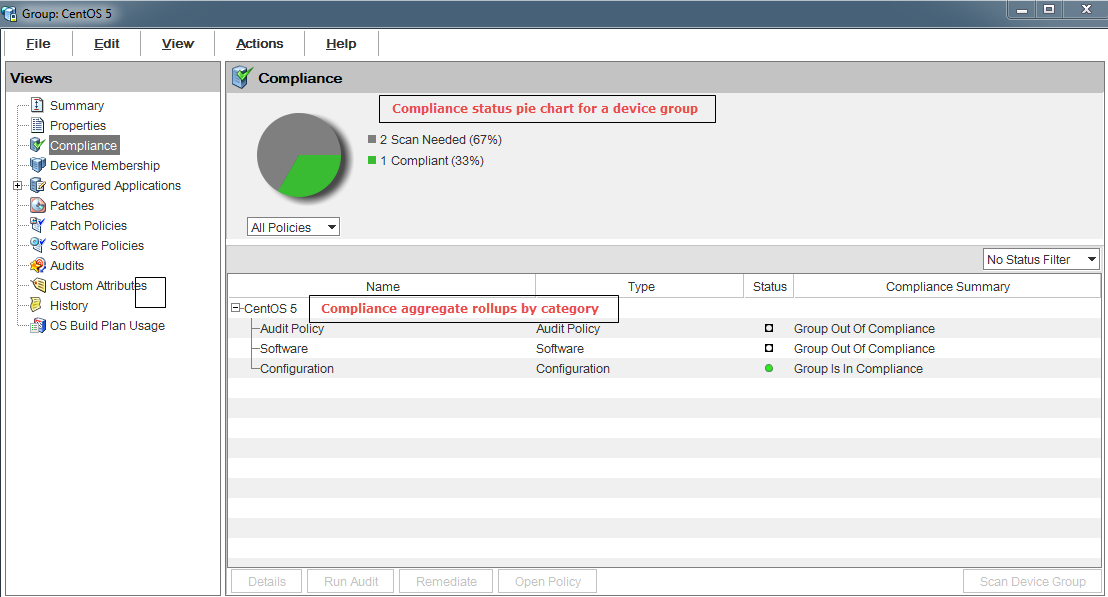Searching the Help
To search for information in the Help, type a word or phrase in the Search box. When you enter a group of words, OR is inferred. You can use Boolean operators to refine your search.
Results returned are case insensitive. However, results ranking takes case into account and assigns higher scores to case matches. Therefore, a search for "cats" followed by a search for "Cats" would return the same number of Help topics, but the order in which the topics are listed would be different.
| Search for | Example | Results |
|---|---|---|
| A single word | cat
|
Topics that contain the word "cat". You will also find its grammatical variations, such as "cats". |
|
A phrase. You can specify that the search results contain a specific phrase. |
"cat food" (quotation marks) |
Topics that contain the literal phrase "cat food" and all its grammatical variations. Without the quotation marks, the query is equivalent to specifying an OR operator, which finds topics with one of the individual words instead of the phrase. |
| Search for | Operator | Example |
|---|---|---|
|
Two or more words in the same topic |
|
|
| Either word in a topic |
|
|
| Topics that do not contain a specific word or phrase |
|
|
| Topics that contain one string and do not contain another | ^ (caret) |
cat ^ mouse
|
| A combination of search types | ( ) parentheses |
|
- Compliance dashboard
- Viewing compliance for a server
- Viewing compliance for multiple servers
- Viewing group compliance
- Adding and removing compliance view columns
- Sorting the compliance category display
- Filtering by compliance status
- Refreshing compliance information
- Setting automatic compliance check frequency
- Exporting compliance view information
- Compliance dashboard remediation
Viewing group compliance
In the Group explorer, the Compliance view shows a rollup of compliance policy aggregates for each policy type for all members of the group as a whole, as opposed to compliance status for individual servers. This gives you a sense of whether or not the group is compliant for each policy type and for all servers in the group (and any sub-groups).
Use the status filter drop-down list to filter the view by compliance status. For example, you can choose to view only device groups that have a Non-Compliant  status.
status.
Depending on the category and your user permissions, click an action button for more details, to run an audit, to remediate a software policy or a patch policy, or to run a compliance scan on all members of the group
To view a group of servers in the Device Group Explorer:
- In the navigation pane, select Devices > Device Groups.
- In the Device Groups tree, select Public or select your own user group list. The content pane displays the contents of all device groups in the list, either all public groups or all groups your user created.
- Select a group of servers.
- Right-click and then select Open.
- From the Views pane of the Group explorer, select Compliance. The Compliance view displays summary and rollup compliance status information about all servers in the group.

Note This view is not available for ESXi servers.
The compliance summary pie chart is a graphical display of the overall compliance status for all policies aggregates for all associated servers in the group. Sections in the pie chart show the compliance status and percentage of each status level by category, such as Compliant, Non-Compliant, Scan Needed, Scan Failed, and so on. You can also filter this pie chart to show status only for a certain compliance category.
The details pane displays device compliance aggregate rollups by compliance categories.
Depending on the category and your user permissions, click an action button for more details, to run an audit, to remediate a software policy or a patch policy, or to run a compliance scan on all members of the group.
- Compliance Statuses
- Compliance Status Thresholds—Device Group
We welcome your comments!
To open the configured email client on this computer, open an email window.
Otherwise, copy the information below to a web mail client, and send this email to hpe_sa_docs@hpe.com.
Help Topic ID:
Product:
Topic Title:
Feedback:





